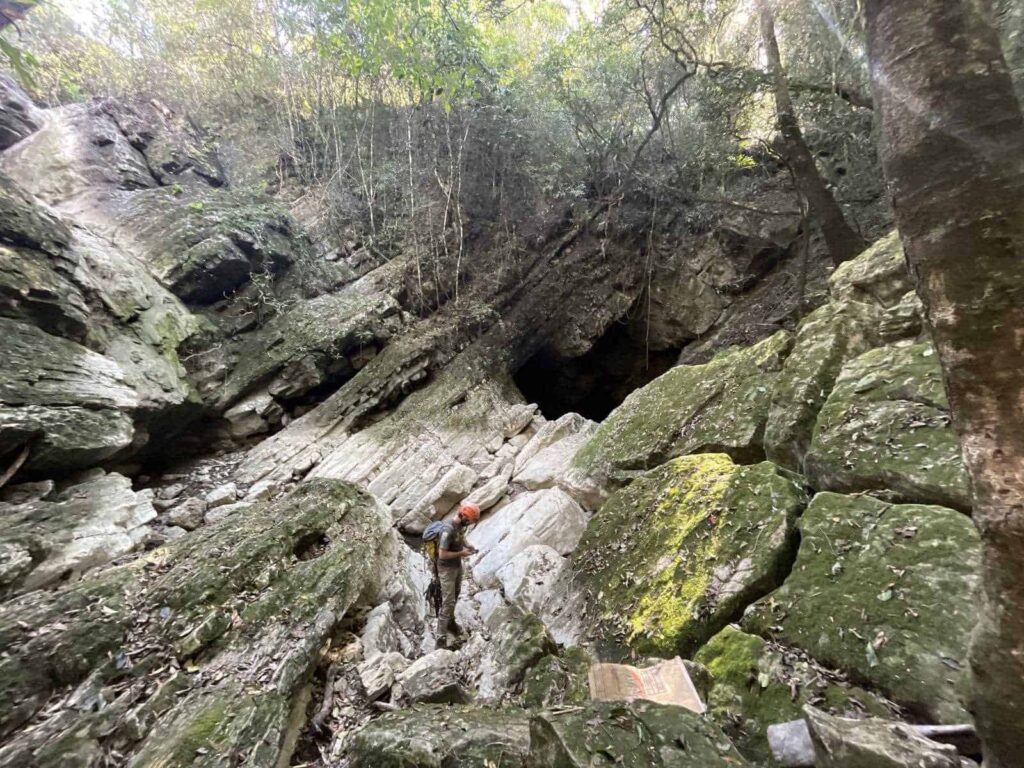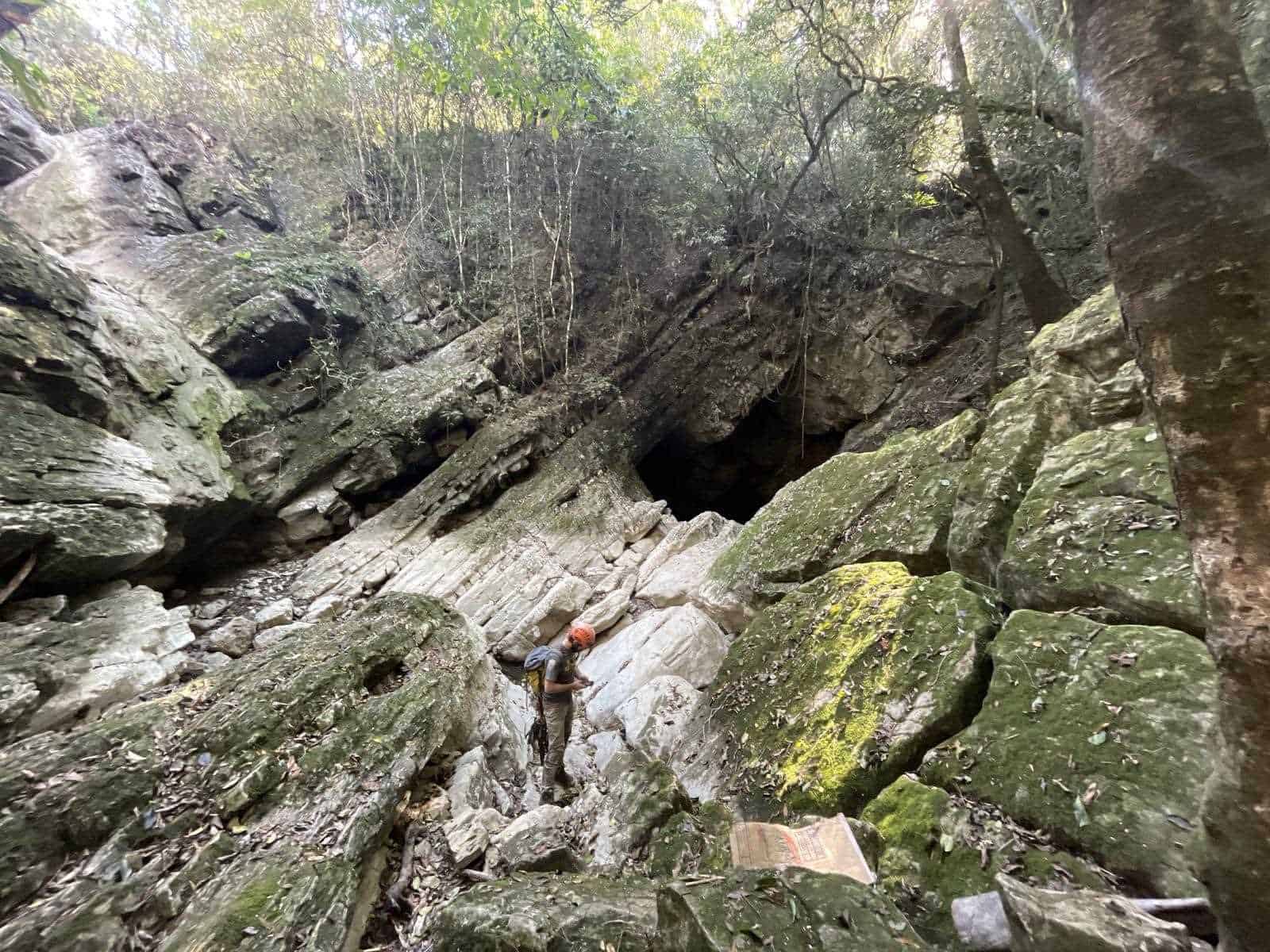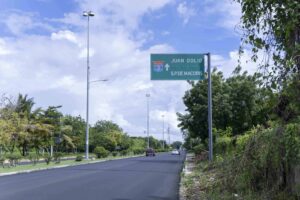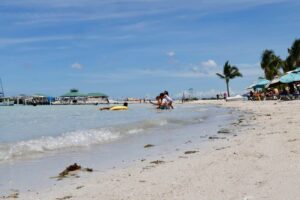
The border zone Dominican Republic has a rich cultural offer since they house more than 156 cultural heritagepositioning themselves as privileged spaces for creativity, the cultural tourism and the economic revitalization of the region.
According to the “Border Monitor” report: Orange Economy in the Border Zone: Challenges and Opportunities, from the Ministry of Economy, Planning and Development, the provinces of the border zonecount on cultural heritagewith significant potential for the development of economic and social activities, although its exploitation has been limited.
The border zone of the Dominican Republic is made up of the provinces from Monte Cristi, Dajabon, Santiago Rodriguez, Elias Pine, Bahoruco, Independence and Flints.
Libraries
As regards the librariesThe report notes that the provinces They house 111 librarieswhich is equivalent to 7.52% of the entire national territory.
The distribution of the libraries It throws a disparity of the border zone with the rest of the country, according to the report, because in these provinces 40.54% of the libraries They are non-school public, unlike the rest of the country where only 16.92% are.
Challenges
The provinces of the border zone They face several challenges that limit the cultural development and artistic, such as lack of infrastructure, financing problems, and social and educational issues.
The absence of cinemas, despite being the most visited cultural activity according to the Satellite Culture Account (CSC), highlights the inequality in cultural resources.
Although the region has more libraries public per 100,000 inhabitants than the national average, distribution unequal of these libraries limits access to cultural and educational content.
The report highlights the need to boost film production and exhibition, as well as improve library infrastructure in the border zoneto balance the cultural development and economic development of the country.
Between the cultural heritage of the border zone There are architectural and rock art, architectural heritage, cavesmonuments and historical sites and the cultural activities.
The data in the report indicate that rock art, architecture and monuments have a special role in the orange economysince they are tangible resources that can accelerate the cultural development and economic of the border zone.
Architectural heritage

In total the border zone is about 56 infrastructures of architectural heritage and rock art. These are divided mainly between Montecristi, Dajabón and Independencia.
It also has historical heritage among which are the caves which are located in the provinces of Elías Piña where there are three and in Independencia which has one of these caves.
The caves with rock art and local traditional festivals, although valuable, have not been sufficiently promoted or integrated into a strategy of cultural development and tourism, according to the report. According to the Inter-American Development Bank (IDB), in the Caribbean, including the Dominican Republic, only 25% of cultural and heritage sites are used efficiently, while 75% suffer from underutilization due to lack of promotion and proper maintenance.
Famous cuisine
The gastronomy of this provinces It is diverse, with Dominican and foreign influences. Flints And in Dajabón, stewed goat is a typical dish known for its unique flavor. Monte Cristi is famous for its casabe and seafood, such as octopus and lambí, which are highly appreciated by residents and visitors.
The gastronomy of the area represents a great opportunity to develop the culinary tourism which can contribute to the preservation of the culture.

On musicThe report states that merengue and bachata are essential in cultural life and that local festivitiessuch as patron saint festivals, offer traditional dances and music live, preserving the culture local, which attracts tourists.
Despite all the qualities in the border zoneThe report finds that it is necessary to further promote cultural offer to achieve greater use of the area and for this it must be accompanied by plans to encourage the cultural consumption among the local population, which would allow the full potential of the available supply to be exploited.
In addition, it is important to address the lack of Educational programs specialized in arts, cultureand management of creative businesses. Academic and professional training in specific skills is essential to develop the artistic potential of the territory.
Development plan of Flints
It is expected that the development projects productive and touristic, such as the West Cape project Red Capethe Master Plan for tourism development of Flintsand the rehabilitation and expansion of the Port of Manzanillo, promote the economic dynamism region of.
They indicate that these projects will strengthen the infrastructurewill generate new employment opportunities, and will increase both the local population and the influx of international visitors, which will have a positive impact on the cultural sphere.
Contributions of the orange economy
In the Dominican Republic, the orange economy has shown a significant and growing contribution to the economic development from the country.
- According to data from the Central Bank and the Ministry of CultureThis sector contributes 1.5% of the Gross Domestic Product (GDP) and generates approximately half a million jobs, representing 12.5% of the Dominican workforce.
In addition, in 2012, the country exported nearly 198 million dollars in goods and services from the creative industries.



